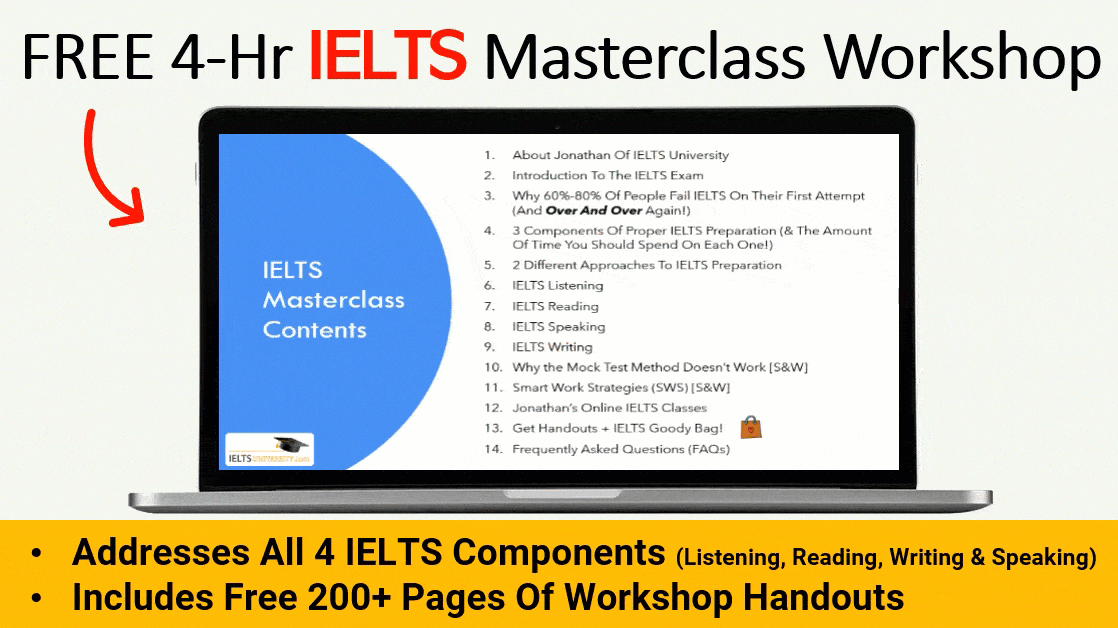Understanding the format of the IELTS Reading section is crucial for effective preparation and maximising your performance on test day. Knowing the test’s structure, timing, and types of questions allows you to develop targeted strategies and approach each task with confidence.
Key Features of the IELTS Reading Test
- 3 Lengthy Passages: Both the Academic and General Training versions of the IELTS feature three academic-style texts. Topics range from the sciences and social sciences to current events and subjects relevant to everyday life in an English-speaking context.
- 40 Questions: You must answer 40 questions related to those passages. Question types vary and are explained in detail below.
- 60 Minutes: You have a strict one-hour time limit to read the passages, answer all the questions, and transfer your answers to the official answer sheet.
- No Going Back: Unlike the Listening test, you cannot revisit earlier passages once you’ve moved on. This emphasizes time management.
General vs. Academic IELTS Reading
- Passage Topics: The General Training version tends to have a slightly greater focus on everyday situations and workplace scenarios.
- Difficulty: The Academic version is generally considered slightly more difficult in both the complexity of the texts and the vocabulary used.
- The Rest is the Same: The number of passages, question types, and time limit are identical across both versions.
Types of Questions You Will Encounter
The IELTS Reading tests your comprehension through various question formats. Familiarizing yourself with these is key:
- Multiple Choice: Select the correct answer from a few options.
- True/False/Not Given: Determine if a statement aligns with, contradicts, or is unmentioned in the text.
- Matching: Match headings to paragraphs, people to views, or items to descriptions.
- Gap-Fill: Complete sentences or tables with words/numbers from the passage. May include diagram labeling.
- Short Answer: Answer questions in your own words based on specific text information.
- Other (Less Common): Occasionally diagram completion, flow-chart summaries, or choosing a title appear.
Important Reminders about the Questions
- Order: Questions generally follow the order of information within a passage, BUT not always.
- Instructions Matter: Pay close attention to word limits in short answers or whether multiple-choice questions allow for more than one correct answer
- No Outside Knowledge: Everything needed to answer is within the texts themselves.
Test-Taking Strategies Based on the Format
- Time Allocation: Aim to spend roughly 20 minutes per passage. This is a GUIDELINE, flexibility is key.
- Skimming & Scanning: These skills are essential for finding information quickly under pressure.
- No Order of Difficulty: The question order does NOT always reflect how hard an answer is to find.
- Answer Transfer Strategy: Leave yourself at least 5-10 minutes at the end for this. Rushed scribbling leads to errors.
- Guessing is OK: There’s no penalty for incorrect answers, so attempt all questions even if unsure.
How to Use This Knowledge to Your Advantage
- Targeted Practice: Official IELTS materials offer the most realistic format simulation for building stamina.
- Analysing Mistakes: Did you run out of time due to getting bogged down in one passage? Identify weak spots.
- Question Type Awareness: If you struggle with, say, ‘True/False/Not Given,’ dedicate focused practice to these.
- Reduces Anxiety: Knowing the test blueprint lessens test day surprises, allowing you to focus on the content.
Practice Tips
- Full Timed Tests: Get used to working within the 60-minute limit, building stamina and pacing yourself.
- Vary Your Starting Point: Don’t always start with passage one – practice navigating the questions out of order.
- Answer Sheet Practice: Become familiar with accurately filling it out to prevent last-minute scrambles.
Beyond the Test
The IELTS Reading format’s focus on longer texts and diverse question types benefits you in:
- Academic Studies: The skills translate directly to processing university-level textbooks and articles.
- Research: Enables you to rapidly synthesize information from varied sources.
- Workplace Tasks: Improves your ability to efficiently extract crucial details from complex reports or manuals.
Remember: The IELTS tests not just your ability to comprehend English, but also your adaptability to different presentation formats. Understanding the structure of the Reading section gives you the framework to strategise and demonstrate your full potential on test day.

